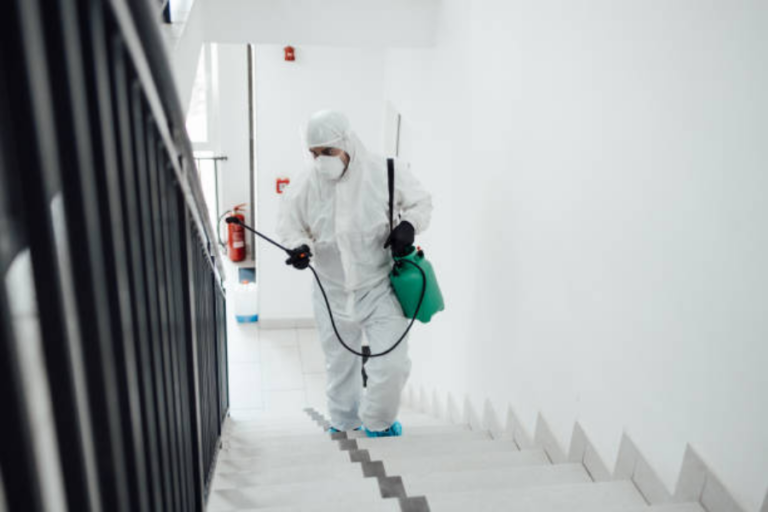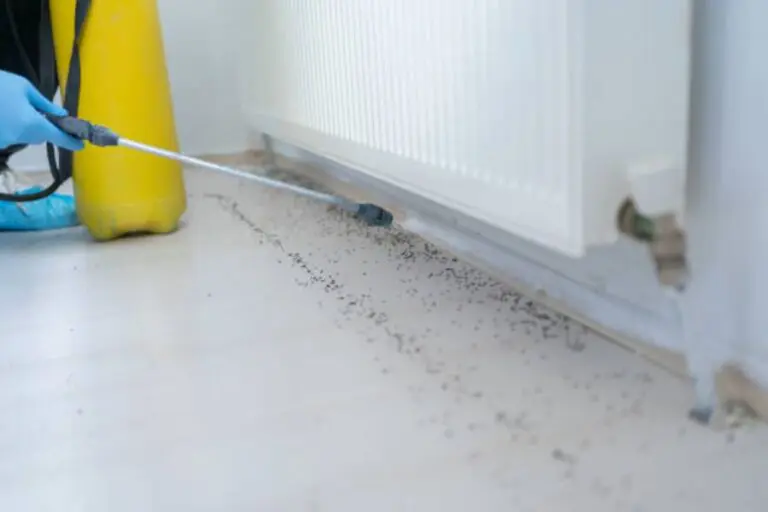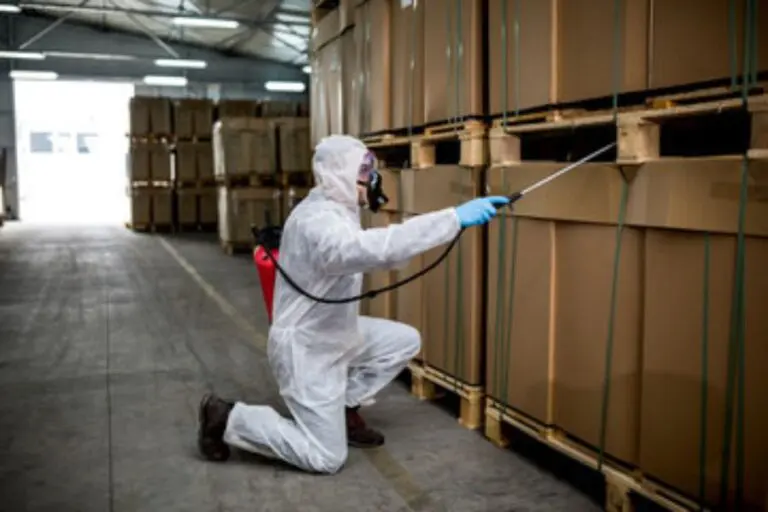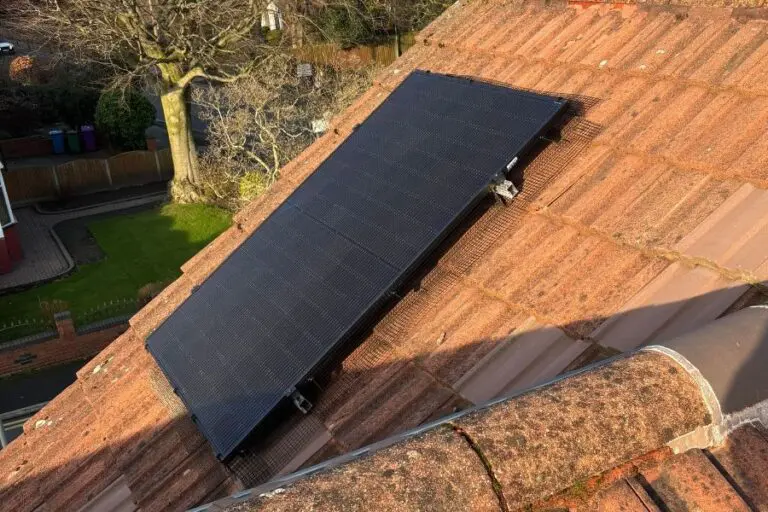8 Must-Know Facts About Bedbug Infestations Answered
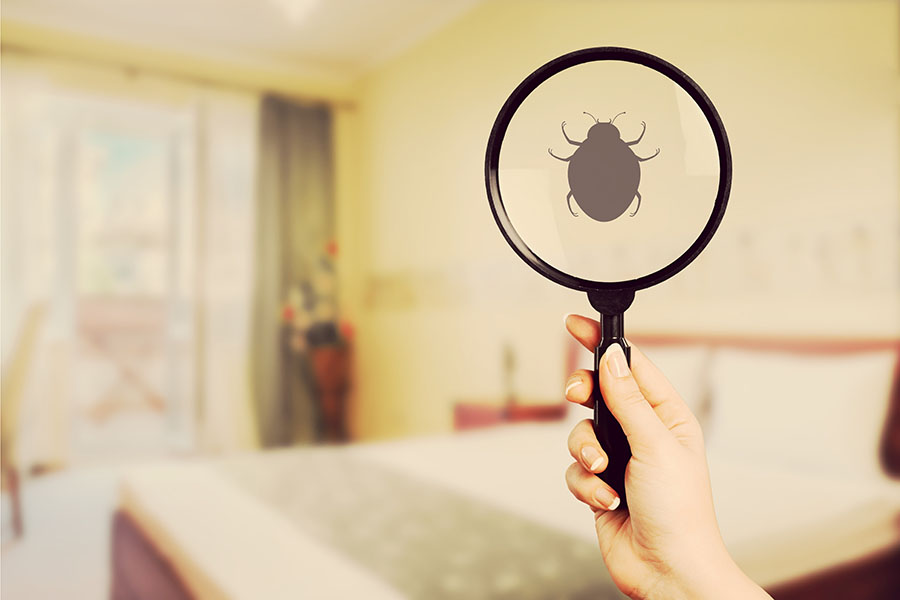
Comprehensive Guide to Managing a Bedbug Infestation: Prevention, Detection, and Treatment
Dealing with a bedbug infestation can be daunting due to the physical challenges of managing these resilient pests and the emotional and mental toll it can take. This guide provides detailed insights into understanding bedbug infestations, signs to watch out for, prevention strategies, and practical solutions for addressing an infestation. Whether you’re a homeowner, renter, or frequent traveller, knowing how to recognise and tackle a bedbug infestation is essential for maintaining a healthy living space.
What Are Bedbugs and How Do They Cause Infestations?
Bedbugs are small, reddish-brown insects that infest homes by hitchhiking on items such as luggage, clothing, and furniture. They also spread through cracks, crevices, and even plumbing and electrical wiring, allowing them to quickly move between rooms and floors. A bedbug infestation typically occurs when these insects enter a home and promptly settle near human hosts, often in mattresses, box springs, bed frames, and upholstered furniture.
Once inside, bedbugs make themselves home in tight spaces, feeding on human blood primarily during night time hours. Their flat, flexible bodies enable them to hide in small crevices, making it challenging to detect them early on. The subtlety of bedbugs’ hiding spots makes inspecting key areas, including bed frames, headboards, furniture seams, carpets, curtains, and other fabric surfaces essential. Identifying and addressing a bedbug infestation as early as possible is crucial, as it can prevent the pests from multiplying and spreading throughout the home, reducing the severity of the infestation and the associated challenges.
Signs of a Bedbug Infestation
Detecting a bedbug infestation early is crucial for prompt treatment. Here are the primary signs to look for if you suspect bedbugs have invaded your space. Being proactive in detecting these signs can give you a sense of control over the situation.
Red, Itchy Bites: Bedbug bites are usually small, red, and itchy. They often appear in clusters or lines, as bedbugs tend to bite multiple times during one feeding session. Common bite areas include exposed skin, such as the face, neck, arms, and legs.
Bloodstains on Bedding: After feeding, bedbugs can leave small reddish-brown spots on sheets or pillowcases. These are usually a clear indicator of an active bedbug infestation.
Dark Spots (Faecal Matter): Bedbugs excrete waste that appears as small, dark spots on bedding, walls, or furniture. These spots, which are usually dark brown or black, may smear if touched and are another strong indicator of an infestation.
Musty Odour: A musty, sweet odour is often detectable in severe bedbug infestations. This smell, caused by bedbugs’ pheromones, becomes stronger as the infestation grows, especially in areas with high concentrations of bedbugs.
Not everyone reacts to bedbug bites, so paying attention to other signs like bloodstains and faecal spots to detect a bedbug infestation is essential. If you observe any of these signs, contact a professional pest control service immediately to assess and address the problem.
Immediate Steps to Take if You Suspect a Bedbug Infestation
If you suspect a bedbug infestation, it’s crucial to act quickly. Here’s what you should do. Acting swiftly and with determination can increase the likelihood of eliminating the infestation and prevent further issues.
Inspect: Carefully check your bedding, furniture, and other possible hiding spots for bedbugs. They often hide in cracks, crevices, and folds, so look closely at seams, corners, and fabric surfaces.
Contain the Spread: Minimise the movement of infested items and avoid transferring them to other rooms. Containing the infestation can help limit the spread while you seek solutions.
Seeking professional help is crucial when dealing with bedbugs. Their elusive nature and ability to hide in small spaces make them challenging to eliminate without expert assistance. Contacting a pest control service specialising in bedbug extermination can provide you with a thorough inspection, a tailored treatment plan, and guidance on preparation and post-treatment procedures, reassuring you that you’re not alone in this battle. Acting swiftly and consulting pest control experts can increase the likelihood of eliminating the infestation and prevent further issues.
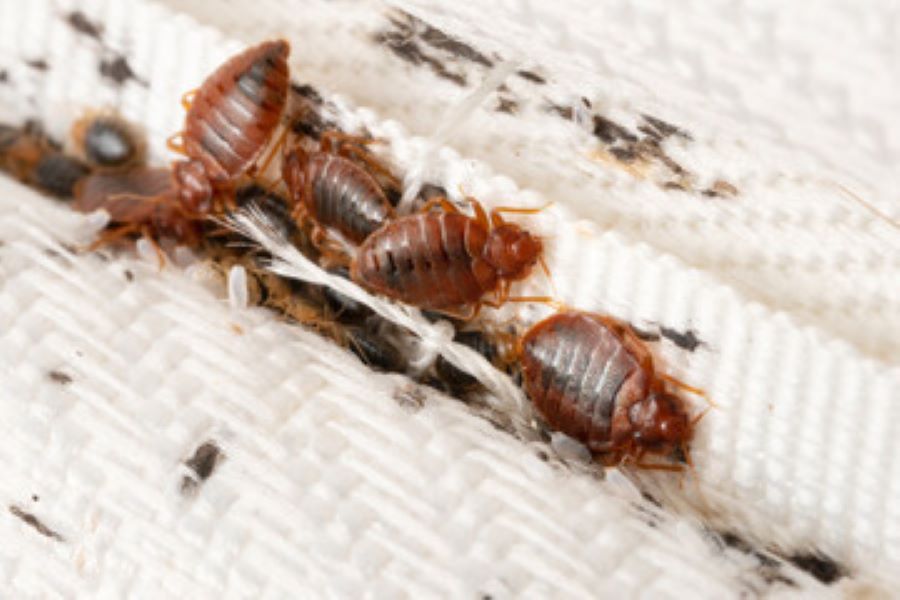
Preventing a Bedbug Infestation
Preventive measures can significantly reduce the risk of a bedbug infestation in your home. Here are essential steps to minimise the chances of bedbugs entering your living space:
Inspect Second-hand Items: Bedbugs can hitchhike on used furniture, mattresses, and clothing. Carefully inspect any second-hand items for signs of bedbugs, including live bugs, eggs, and dark spots, especially along seams, crevices, and upholstered areas.
Use Protective Mattress Covers: Mattress encasements are designed to trap bedbugs, preventing them from infesting your mattress and making it easier to detect bedbugs. These covers create a barrier and simplify future inspections.
Be Cautious with Luggage: When travelling, keep luggage elevated and away from beds or floors where bedbugs may reside. Use luggage racks or hard surfaces to reduce the chances of bringing bedbugs home.
Vacuum Regularly: Vacuuming mattresses, furniture, carpets, and floors can help prevent bedbug infestations. Pay particular attention to cracks, crevices, and edges where bedbugs may hide. After vacuuming, dispose of the bag or contents in a sealed bag to prevent re-infestation.
Seal Entry Points: Bedbugs can enter homes through cracks, crevices, and gaps in walls and baseboards. To minimise their access, seal these potential entry points with caulk.
Implementing these preventive measures can help you create a less hospitable environment for bedbugs and reduce the risk of an infestation.
DIY Methods for Addressing a Bedbug Infestation
Although professional assistance is recommended, there are a few DIY methods that can help reduce the severity of a bedbug infestation:
Heat Treatment: Bedbugs cannot survive high temperatures. Wash and dry infested bedding, clothing, and linens in the hottest setting possible. High-heat treatments can help eliminate bedbugs on these items.
Vacuuming: Regular, thorough vacuuming can reduce bedbug populations. Focus on mattresses, carpets, and furniture seams. After vacuuming, dispose of the vacuum bag or canister contents in a sealed plastic bag.
Steam Cleaning: Steam cleaning can be effective for furniture, carpets, and mattresses. The high temperature kills bedbugs on contact, making it a valuable supplement to other treatments.
Diatomaceous Earth: This natural powder, safe for use around pets and humans, can be sprinkled around cracks and crevices. Diatomaceous earth dehydrates and kills bedbugs, acting as a natural pest control option.
DIY methods can help manage a bedbug infestation but are often insufficient for complete eradication. Bedbugs have become resistant to many conventional treatments, so professional intervention is typically more effective in achieving long-term results.
Professional Treatment Options for a Bedbug Infestation
Professional pest control services offer more comprehensive solutions for eliminating a bedbug infestation. Here are some common professional methods:
Heat Treatments: Professional-grade heat treatments are highly effective for bedbug infestations, as extreme temperatures eliminate all life stages of bedbugs. Heat treatments involve heating the affected area to a temperature that kills bedbugs but is safe for household items.
Chemical Treatments: Pest control professionals may use insecticides to target bedbug hiding spots. These treatments are usually applied in multiple stages to address bedbugs in all life stages, including eggs, which are more resistant to eradication.
Fumigation: In severe cases, fumigation may be necessary. This process involves sealing and treating the entire home with a gas or chemical that kills bedbugs. Fumigation requires vacating the property temporarily but is highly effective for large-scale infestations.
Integrated Pest Management (IPM): IPM combines various treatment methods, including monitoring, preventive measures, and treatments, to effectively manage a bedbug infestation. This approach is eco-friendly and focuses on long-term control and prevention.
Hiring professional pest control services ensures the proper tools and treatments are used, increasing the likelihood of eliminating a bedbug infestation and preventing recurrence.
How Long Does it Take to Eliminate a Bedbug Infestation?
The time it takes to eliminate a bedbug infestation depends on its severity and the treatment methods used. Treating a bedbug infestation may require multiple treatments over a few weeks.
Initial Treatment: The first treatment typically reduces the bedbug population but rarely eliminates the entire infestation.
Follow-Up Treatments: Bedbug infestations often require multiple treatments to address all stages, including eggs that may not respond to initial treatments.
Monitoring and Inspection: After each treatment, pest control professionals typically conduct follow-up inspections to monitor progress and confirm that the infestation has been eradicated.
To ensure successful and long-lasting results, it’s essential to remain patient, vigilant, and in communication with pest control professionals.
Steps to Prevent a Bedbug Infestation from Returning
Once a bedbug infestation has been resolved, take steps to prevent a recurrence:
Maintain Good Hygiene: Regular cleaning, vacuuming, and decluttering reduce hiding spots and make your home less appealing to bedbugs.
Inspect Bedding and Furniture: Periodically check for signs of bedbugs, especially if you travel frequently or purchase second-hand items.
Inspect Second-hand Items: Carefully inspect second-hand furniture, mattresses, and clothing for bedbugs before bringing them into your home.
Minimise Clutter: Reducing clutter, especially in bedrooms and common areas, minimises potential hiding spots for bedbugs and helps prevent infestations.
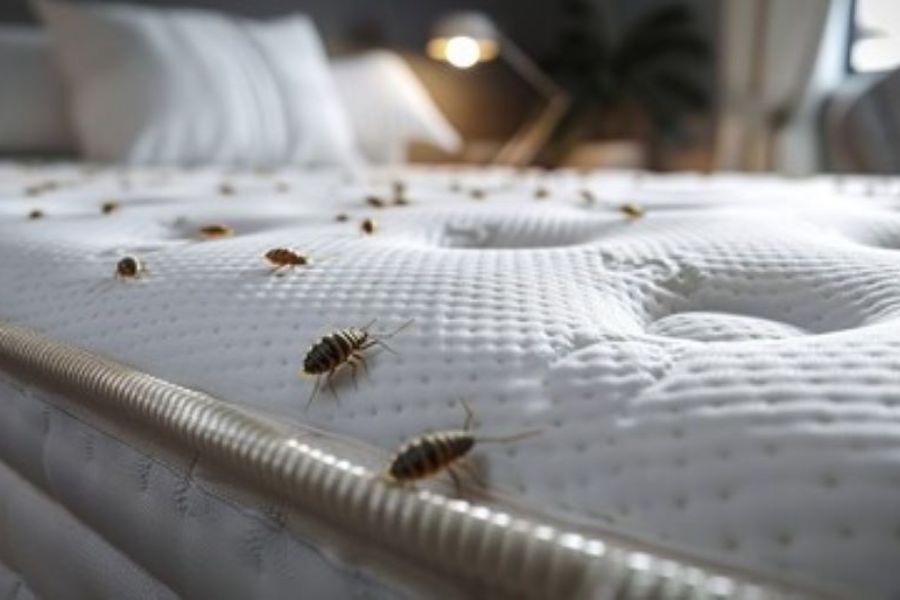
Are Bedbug Bites Dangerous?
While bedbug bites are not dangerous, they can cause discomfort, skin irritation, and itching. Some individuals may experience allergic reactions, and persistent scratching of bites can lead to secondary infections. Here’s what you need to know about bedbug bites:
Itching and Discomfort: Bedbug bites often cause red, itchy welts, which can become increasingly uncomfortable if scratched.
Allergic Reactions: Although uncommon, some people may develop allergic reactions to bedbug bites. The affected person may experience severe itching, swelling, and even hives in such cases.
Secondary Infections: Scratching bedbug bites can lead to skin irritation or infection. Keeping the area clean and applying antiseptic cream can help prevent infections.
Consult a healthcare professional if you experience a severe reaction to bedbug bites. While bedbug bites are not typically dangerous, addressing symptoms promptly can improve comfort and reduce the risk of further complications.
Take Action Against a Bedbug Infestation
A bedbug infestation can be challenging to manage. Still, you can protect your home from these persistent pests by recognising the signs, taking preventive measures, and seeking professional help when necessary. Bedbug infestations require careful attention, especially given bedbugs’ ability to survive in hidden crevices and withstand DIY treatments. Whether dealing with an active infestation or aiming to prevent one, implementing these strategies can help you maintain a safe, bedbug-free environment.
For best results, contact a licensed pest control expert with experience in bedbug infestations. Professionals can provide tailored treatments, monitor progress, and offer recommendations for long-term prevention.

